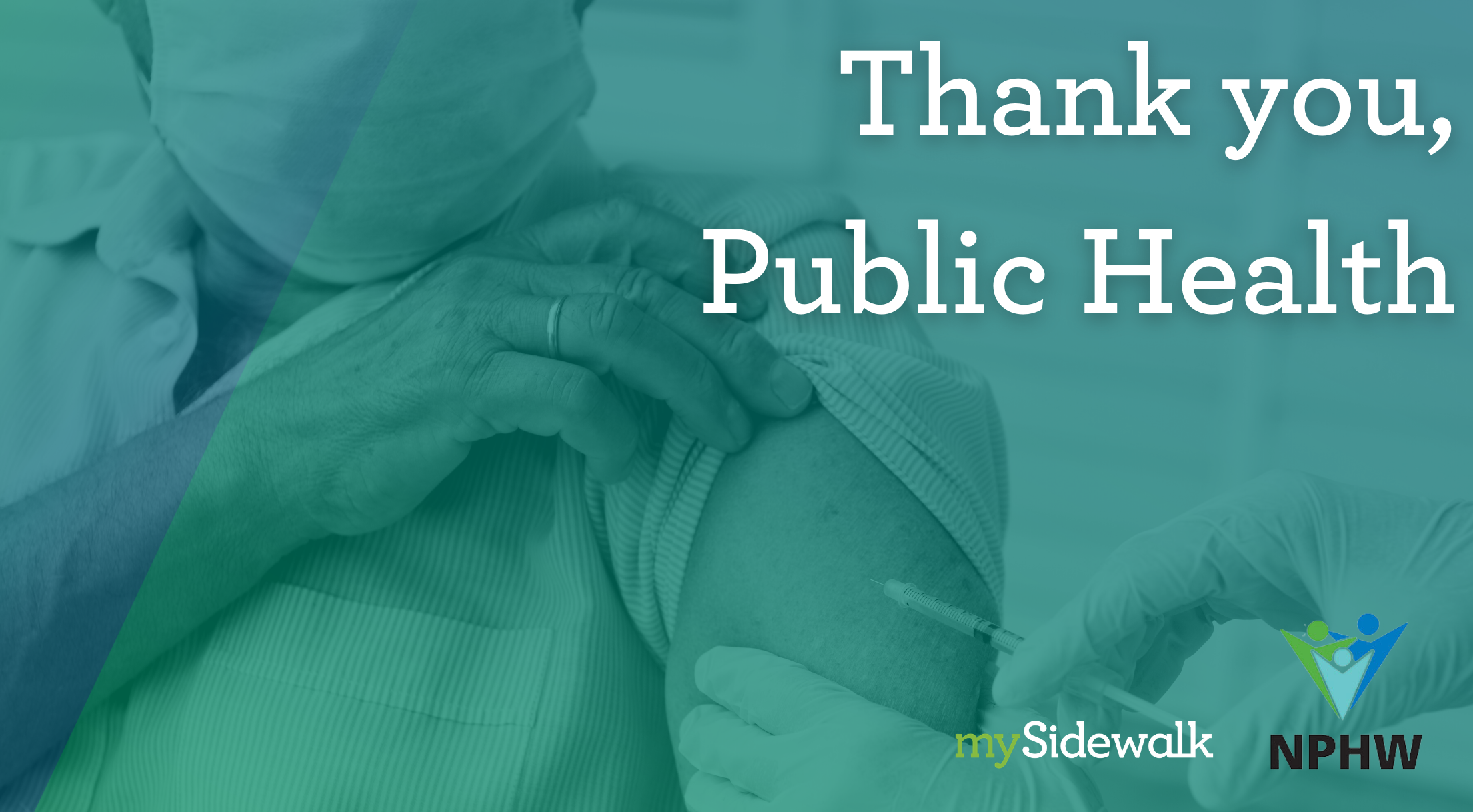Healthier Together: The Lawrence - Douglas County Health Story
The health team at Lawrence-Douglas County Health Department (LDCHD) has a diverse audience to engage. LDCHD presides over students at the University of Kansas, residents of the cities of Lawrence, Eudora, Baldwin and Lecompton, and rural residents of Douglas County. Because of the diversity of residents it has been difficult for LDCHD to spread a message everyone could find relatable.
The health challenges of college students are not the same as residents living in the county, this became clear in the Health Department’s recently published Health Equity Report that identified several aspects of inequities by geography, race, income and education level. Like many communities, people in Lawrence and Douglas County found it hard to see themselves in the data.
This communication challenge is not unique - communication is an essential part of a Community Health Plan (CHP) cycle. A CHP — or Community Health Improvement Plan, CHIP, in some communities — is a strategic plan for improving community health. It involves identifying health challenges with residents and laying out goals and benchmarks for improvement.
myOften a CHP is a requirement of health departments and in many cases the finished document quietly gets passed around upon release, but gains little traction with the community. One of the hardest things about developing a successful CHP is maintaining community momentum after you’ve identified the issues.
The LDCHD team didn’t want their CHP to fall by the wayside.
They also knew they needed to be coordinating and working with other groups. As a health department they knew they couldn’t be the primary entity to solve all their problems, but they could support efforts with other organizations and departments and they could keep people accountable. They could create a structure of accountability through their CHP that held the whole community responsible for the challenges they needed to address.
Nothing can be accomplished alone.
LDCHD teamed up with mySidewalk to produce an interactive CHP dashboard. Rather than a stagnant report they now have an indepth look at their community that is accessible, easy to use, community oriented, and interactive.
The LDCHD CHP dashboard looks into critical community issues and puts data right in the palm of people's hands. The team at LDCHD marketed their dashboard and made sure the community saw and used it. To date, the dashboard has had more than 500 unique visitors.
While they were successful in getting eyes on their online dashboard, they also used the visualizations created in the mySidewalk platform to share their data on paper. They made posters and table tents so people would see the most important information. Through these efforts, people could see data from their CHP without having to go online. LDCHD also added a QR code to their posters to give people the opportunity to interact with the dashboard more.
The mySidewalk platform gave the community and the health team an easy look at data and helped them tell their story in a way that resonated with people from both the city and the county. As with any data availability there’s data suspicion.
The mySidewalk platform helped to change the conversation around data and to humanize it. We helped LDCHD bring their data down to the zipcode where people can really see themselves.
Through working on their CHP, the team found that they could do even more with their story. The old, low-tech ways of engaging with people still worked and by marketing and traditional engagement they managed to make real change and keep community momentum going.
The mySidewalk dashboard helped the team and community take ownership. There was excitement for people to engage with data and they had a lot of buy-in. LDCHD knew they wanted to do more and they took their enthusiasm and really made a difference. The team created a new public accountability for achieving outcomes and helped improve engagement and community energy around their CHP.
With the development of their CHP they also engaged community partners. Each of the categories on their CHP dashboard has a section called “process and partners” which provides links to all the web pages of organizations in Lawrence and Douglas County that are helping to make progress in the selected area. Through their CHP process LDCHD reached out and got these partners on board and created a huge community resource to keep partners accountable for progress.
Improving community health should be engaging. It should be a rallying point and a driver of decision making for a community. Now, because of their community work and their interactive CHP dashboard, Lawrence-Douglas County Health Department has the buy-in and enthusiasm they need to make real change.
The department is hosting discussions about mental health and safety, and they’re finding ways to plug themselves into the community pulse through fairs and other community events. The CHP helped the department grow and expand their reach by giving them a touchpoint they can proudly share with residents and stakeholders.
Share this
You May Also Like
These Related Stories

National Public Health Week 2021: Perseverance in Public Health
A Quick Guide to the (New) 10 Essential Public Health Services


No Comments Yet
Let us know what you think